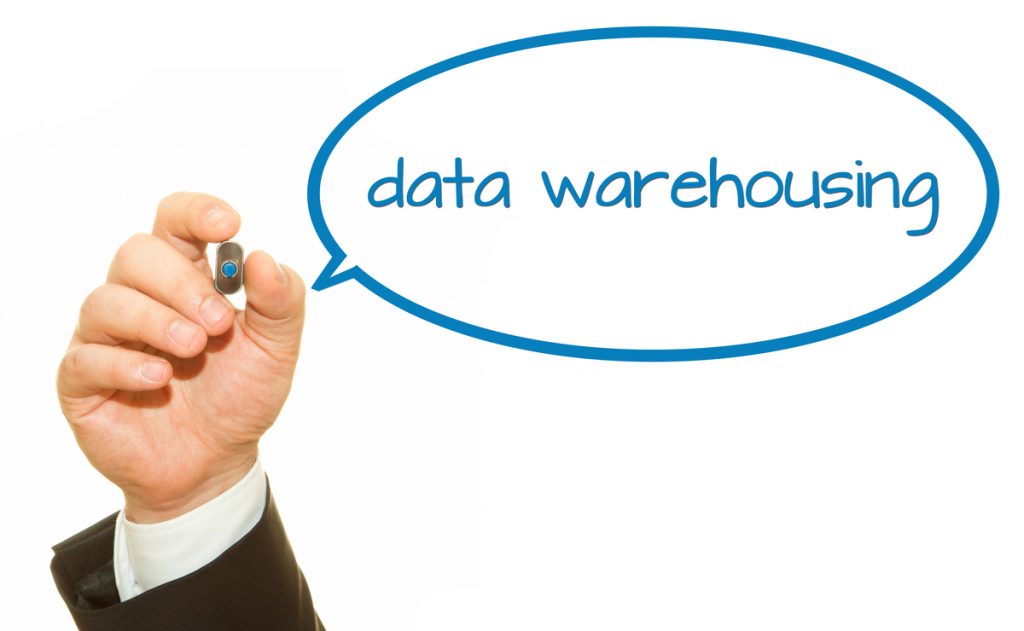
The pace at which on-premise data warehousing is being replaced by the cloud data warehousing, it will soon become more of a compulsion rather than an option. Snowflake, Redshift, Google BigQuery, and Azure SQL/DW are cloud-hosted data warehousing technologies steadily gaining a more significant market share than its legacy and on-premises alternatives. According to a recent survey, Amazon Redshift is being used by nearly 60% of the organizations, while 21% are still using the on-premise warehousing technology.
Most businesses that rely on traditional data warehousing solutions are apprehensive about the difference in cost management. But as the cost reduces, there will be a higher migration of OLTP types of workloads to the cloud.
Businesses that jump directly on the bandwagon of cloud data warehousing move too fast; the large size and complexity of on-premise data storage raise the probability of failure. A step by step process should be followed for legacy data storage to change its very risky to less risky status for cloud migration. Segmentation of data should be the initial phase of the cloud migration process, where each type is divided on the basis of usage and source. Migration would not just mean that there will be only a single type of data; there will be applications, business processes, operational management solutions, and many more. Therefore, segmenting will bring tranquility to the already set process.
Cloud data warehousing is a chance for organizations to bring digital transformation. Therefore, the objective should not just be migration, but how will it improve the current data solutions’ system. Migrating to any new IT infrastructure setup is a challenge, and it will need tweaks; and rearchitecting and integration are certain.
Inclusion of all employees and training them to use the warehousing technology will bring the business the best of scenarios. But the complexity in training will depend on the operational requirements. For instance, an e-commerce business will have a different level of training based on its data usage level and adoption when it comes to technology, compared to a marketing business.
Newsletter
[rdp-linkedin-login]




